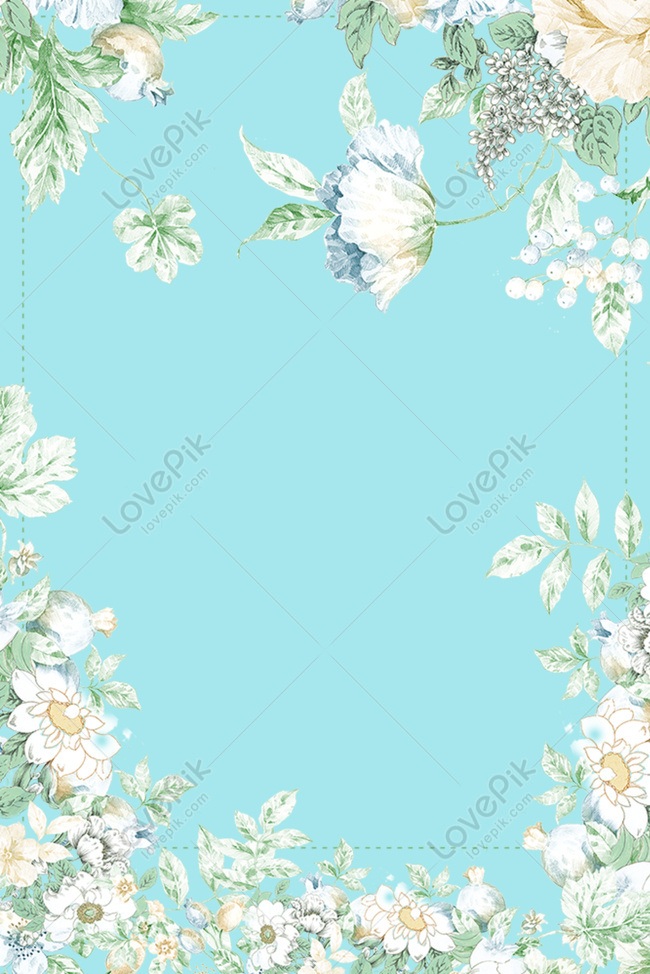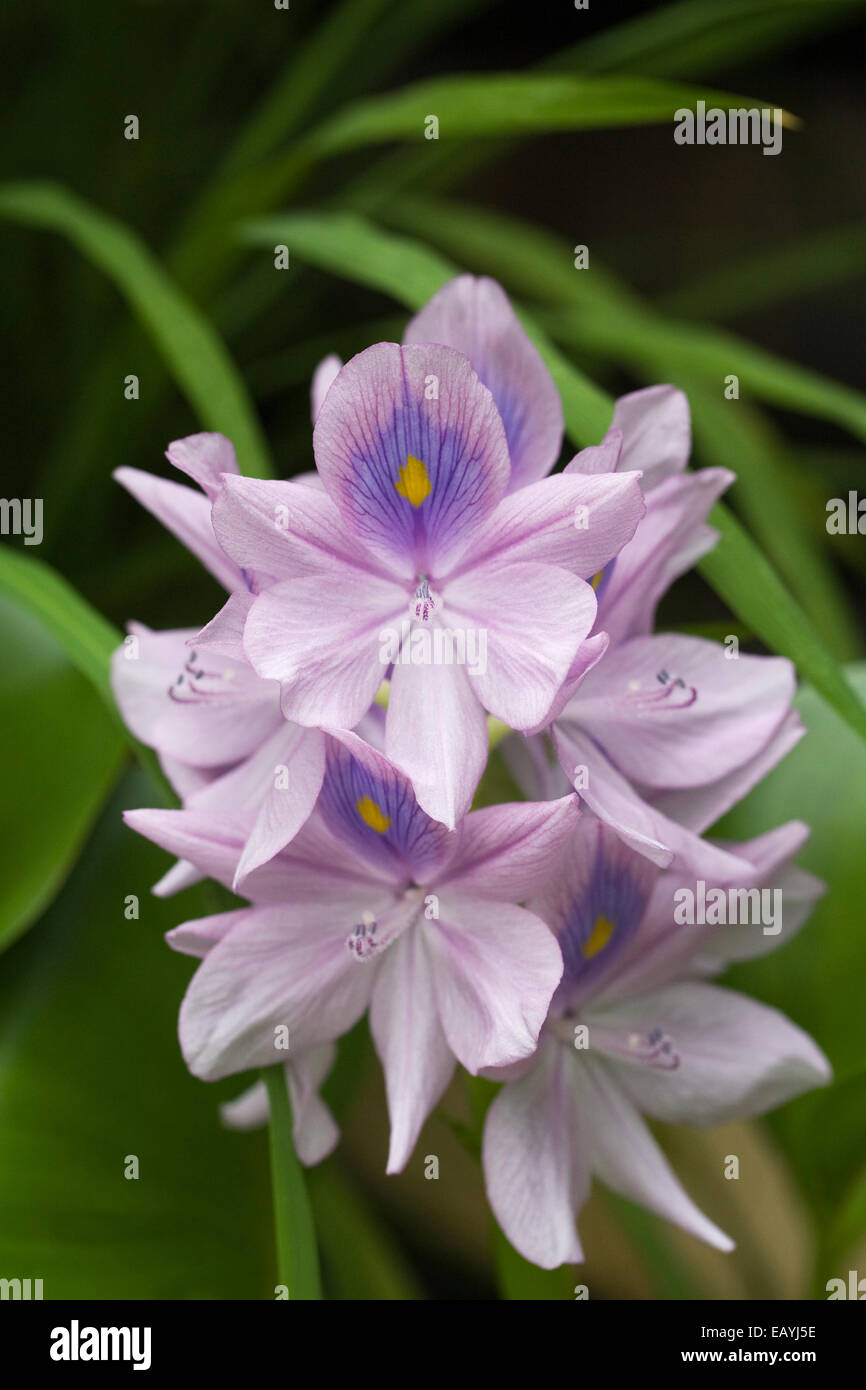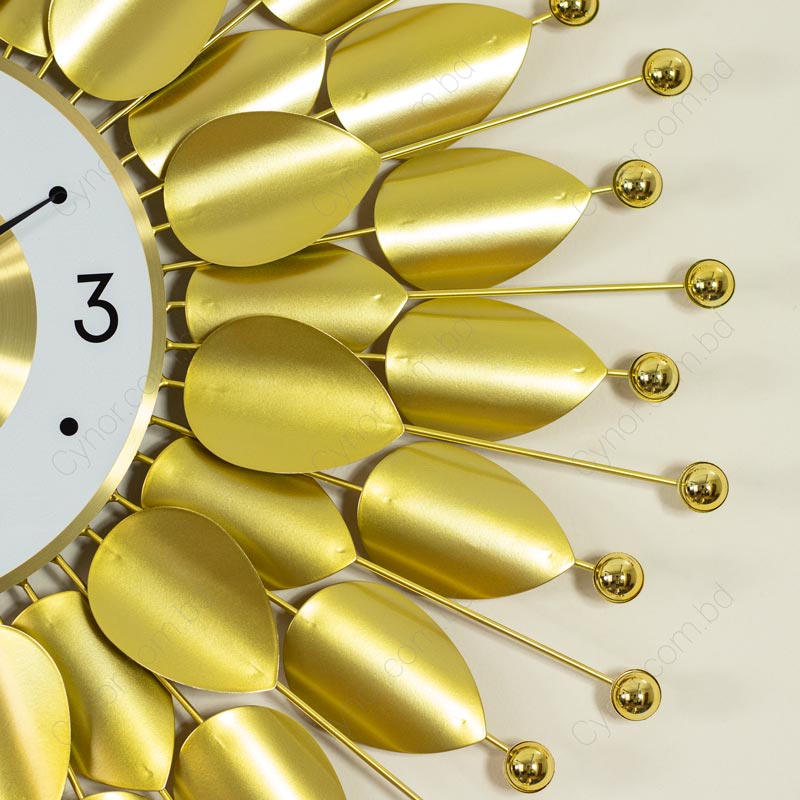What Color Is The Flower Hyacinth will be the topic of our conversation on this particular occasion. There is, without a doubt, a great deal of information pertaining to what color is the flower hyacinth available on the internet. As a result of the rapid development of social media, it is now much simpler for us to acquire new information.
There is a connection between the pieces of information pertaining to Hyacinth Purple Color, Water Hyacinth, and Hyacinth Color Meaning. Regarding the other items that need to be searched, one of those things is concerning Hyacinth Color Meaning, which will also have something to do with Hyacinth Flower Meaning.

13 Things About What Color Is The Flower Hyacinth | What To Do With Hyacinth Bulbs After Flowering
- Ogier Ghiselin de Busbecq, the Flemish diplomat sent by the Emperor Ferdinand I as ambassador to Suleiman in 1554 and credited with dispatching the first tulips into Western Europe, also described hyacinths and other bulbs and exotic plants as well as “tulipam” growing in the gardens of Adrianople and Constantinople. It is inconceivable that he did not include the hyacinth in the many consignments of seeds and bulbs he sent back to Vienna and to botanist friends elsewhere, and it is perfectly comprehensible that the wide excitement fanned by the flamboyant tulip overshadowed the advent and development of other important plants. There is convincing evidence that the hyacinth was cultivated by the Turks for both its fragrance and for ceremonial usage. On the death of Sultan Moerad III in 1595 his mourning son had no fewer than half a million hyacinths planted. - Source: Internet
- Fashion helped promote hyacinths, too, for Madame de Pompadour, who held sway between 1745 and 1760, was a keen devotee of these fragrant blooms, ensuring that Louis XV effected extensive hyacinth plantings in his various palace gardens. It is also recorded that in 1759 Madame had no less than 200 hyacinths grown “on glasses” during the winter as well, and she was a lady who had imitators everywhere. These were golden days for the Voorhelms, the Van Kampens, the Schertzers, the Krepses, and other Haarlem florists. Bulb flowers in great quantities were used not only for decorating the great halls of palaces but also the attire of ladies who wished to embellish their plunging necklines with the gorgeous and costly blooms of the latest novelties in hyacinths and tulips. - Source: Internet
- By 1842 one grower, F. Muemes Dietrich, had upwards of two million hyacinth bulbs in the ground, and with a list of 359 varieties was exporting to Prussia, Poland, Russia, Denmark, Sweden, and France. Many others began to grow and, indeed, breed hyacinths and by 1866 some 25 acres of Berlin was devoted to them with, at one point, 1,500,000 exported to Holland! But by the turn of the century it was all over, with Berlin rapidly expanding and the land occupied by flowers used for building. - Source: Internet
- It was Hyacinthus orientalis which gave rise to the superb range of florists’ hyacinths or garden varieties through a lengthy process of selection and cross-breeding, no other species having been involved. The breeding history of the cultivated hyacinth goes back more than 400 years, all cultivars stemming from a single species and probably from only one or a few accessions of this species. Breeders selected for larger flower size and different flower color and were also influenced by fashion. Garden varieties have increased enormously in stature, becoming waxy, fat, and stout, but fortunately have retained the sweet scent if not much of the grace of the wild species. Double as distinct from single cultivars have enjoyed several periods of popularity, but in recent times breeding has tended to concentrate on single varieties to produce even more massive spikes and clearer and stronger colors. - Source: Internet
- Other orientalis varieties or forms have been described ever since the sixteenth century to the present day, but the only forms of H. orientalis appearing in the current (1989) Classified List and International Register of Hyacinths compiled by the Royal General Bulbgrowers’ Association is the species itself and H. orientalis albulus, an early flowering strain native to the South of France with a white flower on a small slender spike and the vernacular name of “Roman hyacinth.” - Source: Internet
- “But (and the story reads almost like a page out of Dumas) Peter Voorhelm was taken ill, and could give no attention to his plants, and was unable to examine them until the hyacinths were beginning to die off. A flower of unusual form arrested his attention, and examination proved it to be a double hyacinth. It was very small, but he cultivated and multiplied it, and was soon able to place it on the market, whilst numerous amateur growers were found willing to pay high prices for the new bulb. - Source: Internet
- [Hyacinths were] first mentioned by that great epic poet of Greece, Homer, in the Iliad (ascribed to some date between the 10th and 8th centuries BC) as being among the flowers which formed the couch of Hera, queen of heaven and earth. It was also botanically listed by the Greek philosopher-naturalist, Theophrastus (372-287 BCE). . . . - Source: Internet
- The parent of the present day garden or “Dutch” hyacinth was prevalent in ancient times as a wild flower in a number of areas of the eastern Mediterranean, through Asia Minor and Syria into Iran and Iraq. . . . - Source: Internet
- The Botanical Gardens at Leiden catalogued only a few hyacinth varieties in 1600. In his Rarorium Plantarum Historia (1601), Clusius belatedly illustrated a number of H. orientalis varieties as well as an unnamed seedling carrying significantly more flowers than the others, evidently the result of natural pollination. In Hortus Floridus (1614) Crispin van de Pas (Passaeus) also illustrated H. orientalis and three of its forms with 8-12 florets; a blue, a pale purple and a semi-double white with green stripes on the back of each petal. - Source: Internet
- (We were so impressed with this short history of hyacinths that we secured permission to reprint it online so it wouldn’t languish in obscurity. We’ve edited it a bit for clarity’s sake. Thanks to our good friend Alan Shipp of the British National Collection of Hyacinths who first shared it with us.) - Source: Internet
- . . . . The name “hyacinth” itself can be traced back to remote antiquity, a relict of a non-Greek language, sometimes called Thracopelasgian, spoken some 4,000 years ago. It is apparently connected with the blue color of water, indicating a reference to the true species, Hyacinthus orientalis, which possessed a blue flower, the plant later developing bud variations of white and pale mauve to deep mauve-purple. - Source: Internet
- The French Revolution and the Napoleonic Wars completely changed the economic and social structure of Europe and the market for hyacinths. Single varieties also began to overtake doubles in popularity as the general public gradually took to growing single hyacinths in the winter. And although from the 1850s to the early years of this century many double varieties remained available, single varieties became the choice for bedding, not least in Victorian England where “Grand Hyacinth and Spring Flower Shows” were much in vogue. The catalogs of the period began to quote prices for bulbs in hundred lots, reflecting the larger purchases, wider applications, and lower prices. - Source: Internet
- It is with Carolus Clusius (1526-1609), celebrated Curator of the botanical gardens at Leiden, that serious cultivation of bulbs in Western Europe began, and through him that Holland became the commercial bulb-growing center of the world. Clusius, a Flemish botanist sometimes known as Charles de l’Ecluse, studied botany at Montpellier from 1551-54 and moved about extensively before assuming his Leiden post. It was after a long plant-collecting expedition to Spain and Portugal in 1565 that he became interested in garden plants, especially bulbs. He was working with bulbs from Busbecq while Prefect of the Royal Medicinal Garden in Prague well before he arrived in Vienna in 1573 to assume duties at the Imperial Gardens there, but his records are neither specific or complete. The hyacinth is not mentioned then nor, indeed on his arrival in Vienna when he mentions only receiving “a large quantity of tulip and other seeds and bulbs” from Busbecq in 1573. - Source: Internet
 To get you started, here are some pointers to consider when searching for information regarding Hyacinth Color Meaning:
- Do some research to find Hyacinths-related information from reputable sources. This may include professional journalists, as well as online libraries and other websites.
- When looking for information regarding what color is the flower hyacinth, it is crucial to be aware of the various types of sources that can be found through electronic media. Some examples of these types of sites include Google and YouTube. There is also the possibility of obtaining information about Hyacinth Purple Color from various social media sites, such as Facebook and Twitter. This is another another potential source.
To get you started, here are some pointers to consider when searching for information regarding Hyacinth Color Meaning:
- Do some research to find Hyacinths-related information from reputable sources. This may include professional journalists, as well as online libraries and other websites.
- When looking for information regarding what color is the flower hyacinth, it is crucial to be aware of the various types of sources that can be found through electronic media. Some examples of these types of sites include Google and YouTube. There is also the possibility of obtaining information about Hyacinth Purple Color from various social media sites, such as Facebook and Twitter. This is another another potential source.Video | What Color Is The Flower Hyacinth
Reading and doing research on the authenticity of each source are both essential if you want to discover the greatest information there is about Water Hyacinth. Your understanding of Hyacinths will be improved by watching the many videos on Hyacinth Colors that are included in this page. These films come from a variety of different sources. Finding knowledge on a wide range of subjects is made much simpler by making use of the internet as a resource.
## Here are some crucial points concerning Hyacinth Color Meaning:- What Color Is The Flower Hyacinth
- What Color Is Hyacinth Orange
- Hyacinth Colors
- Water Hyacinth
- Hyacinth Color Meaning

You won’t have any trouble finding the information you’re looking for because there are so many websites and forums on the subject of What To Do With Hyacinth Bulbs After Flowering.
When it comes to obtaining information on What Color Is Hyacinth Orange, the majority of individuals are more accustomed to using a different route. It enables a more in-depth look at the information regarding What Color Is Hyacinth Orange’s content and how it may be used, which is really helpful.

strategies to design information displays that are both aesthetically pleasing and functional that pertain to Water Hyacinth. They are useful in commercial and marketing settings, and they can also be put to use to convey information on Hyacinth Color Meaning. As a result, we also supply some photos pertaining to Hyacinth Purple Color.
In summary, this article offers a comprehensive analysis of What Color Is Hyacinth Orange. In addition, Hyacinth Color Meaning and Water Hyacinth are mentioned here as a comparison of your knowledge regarding Hyacinths.